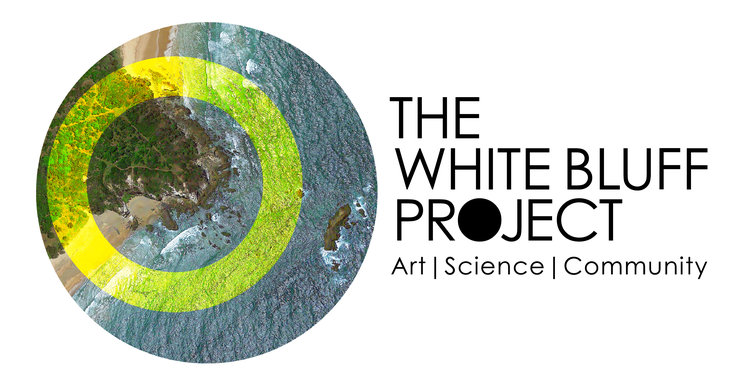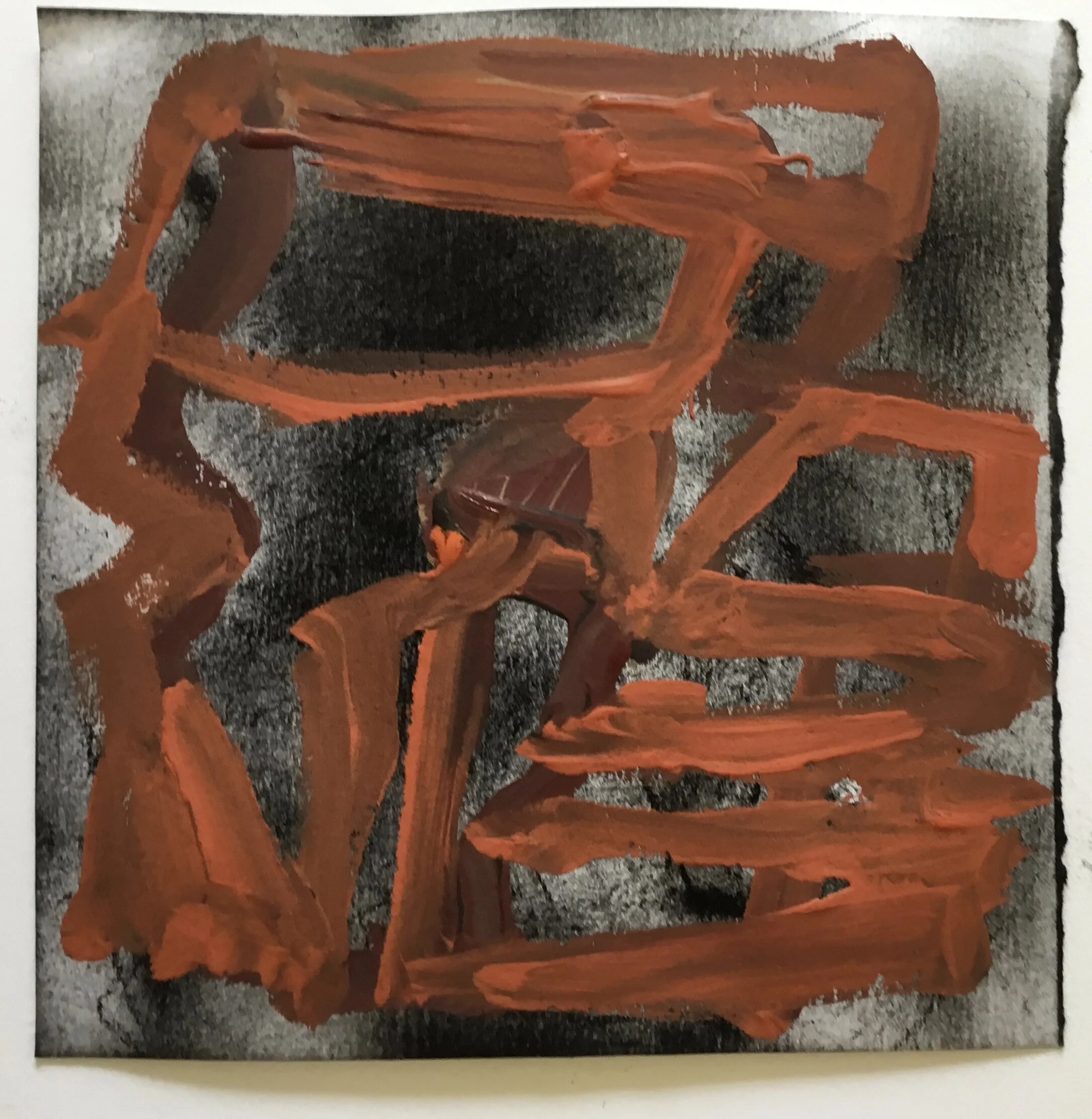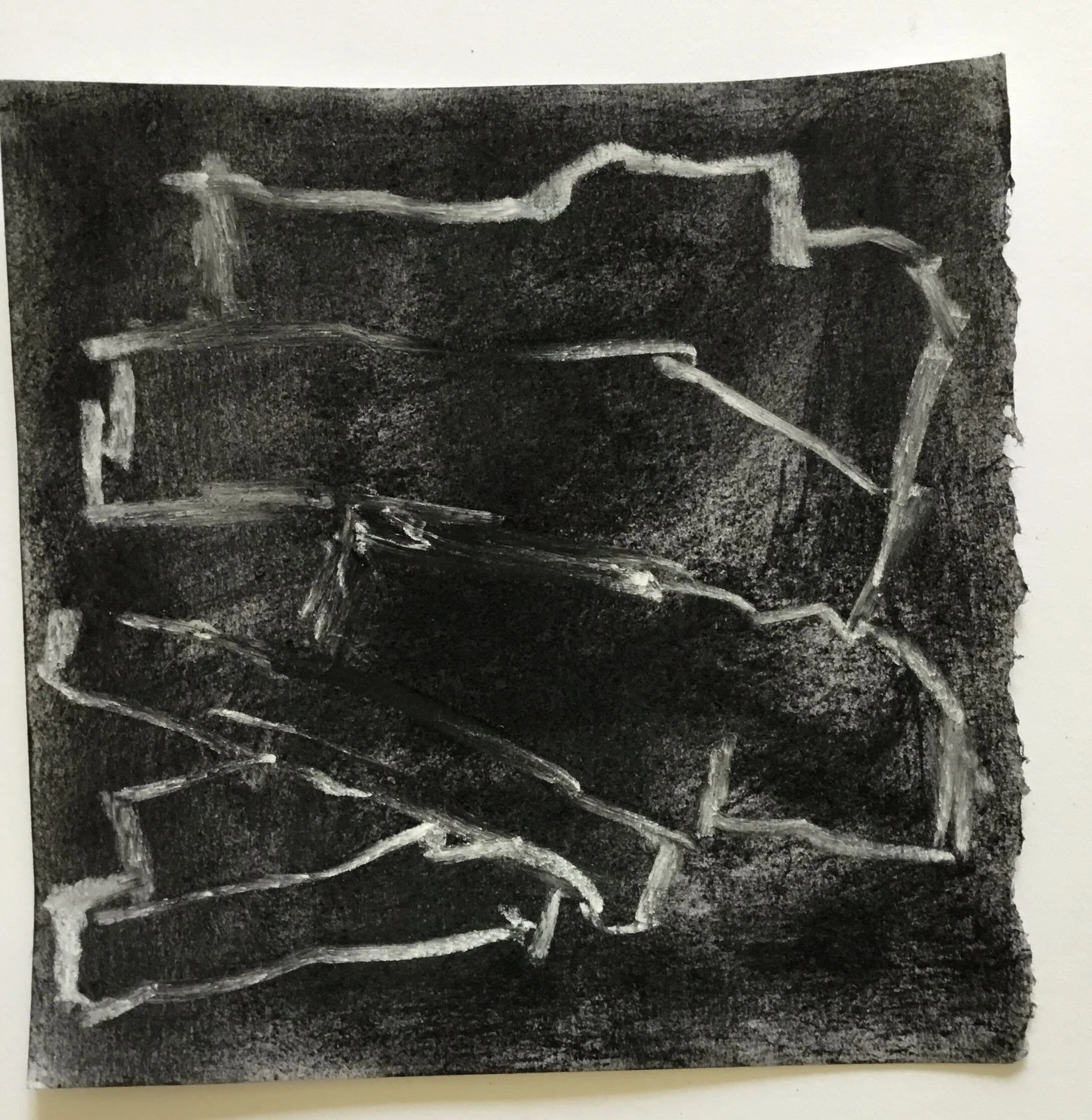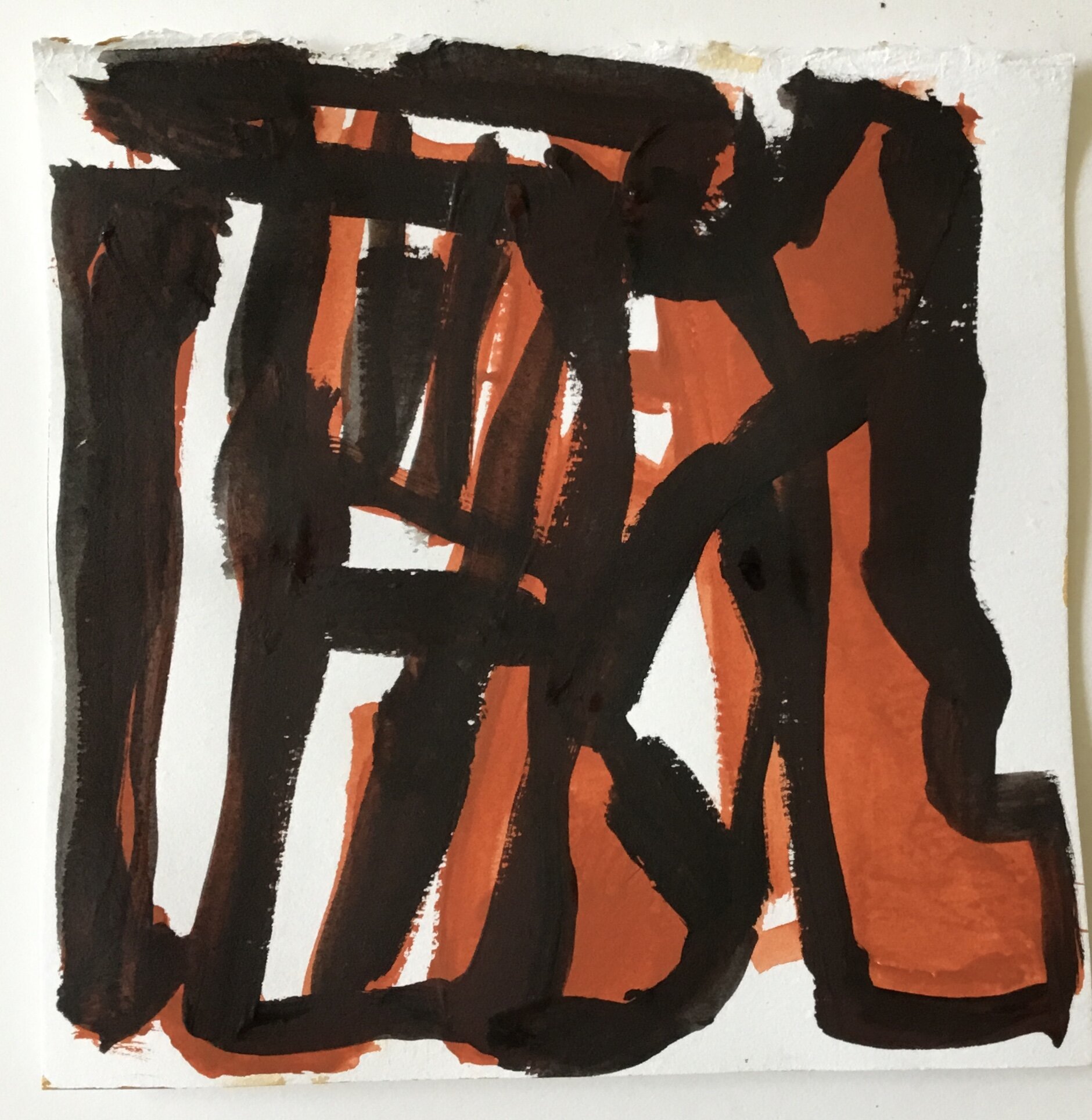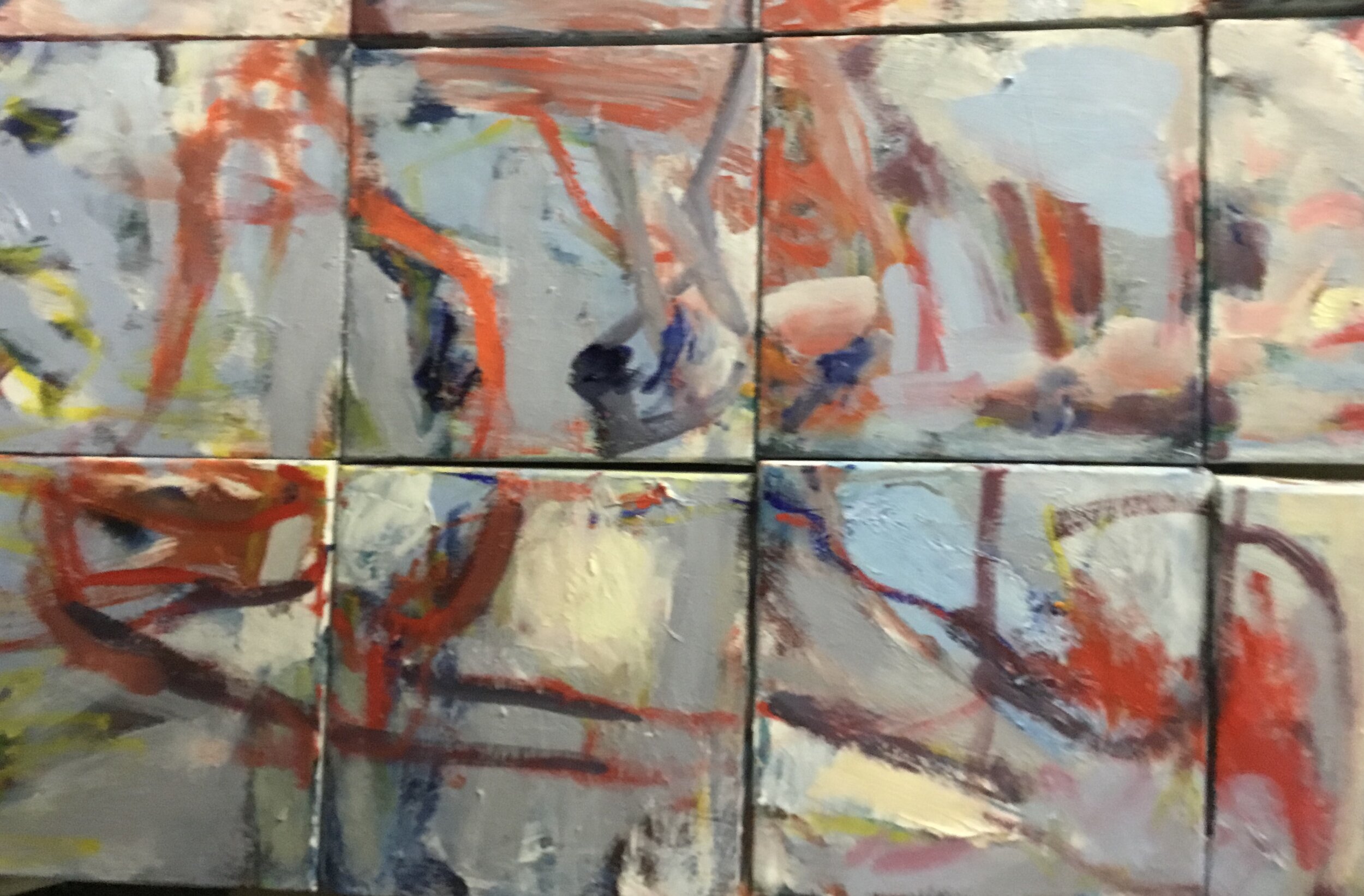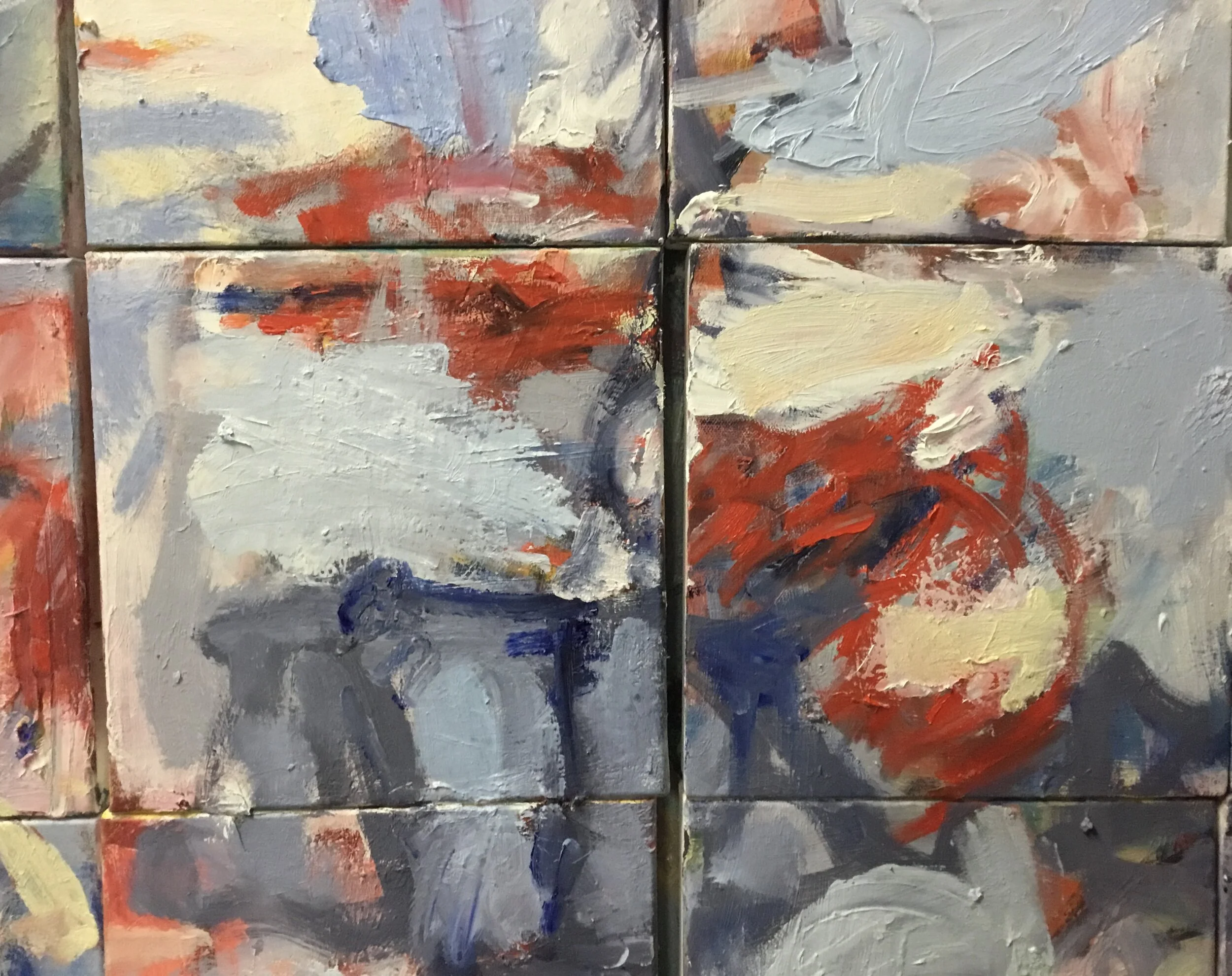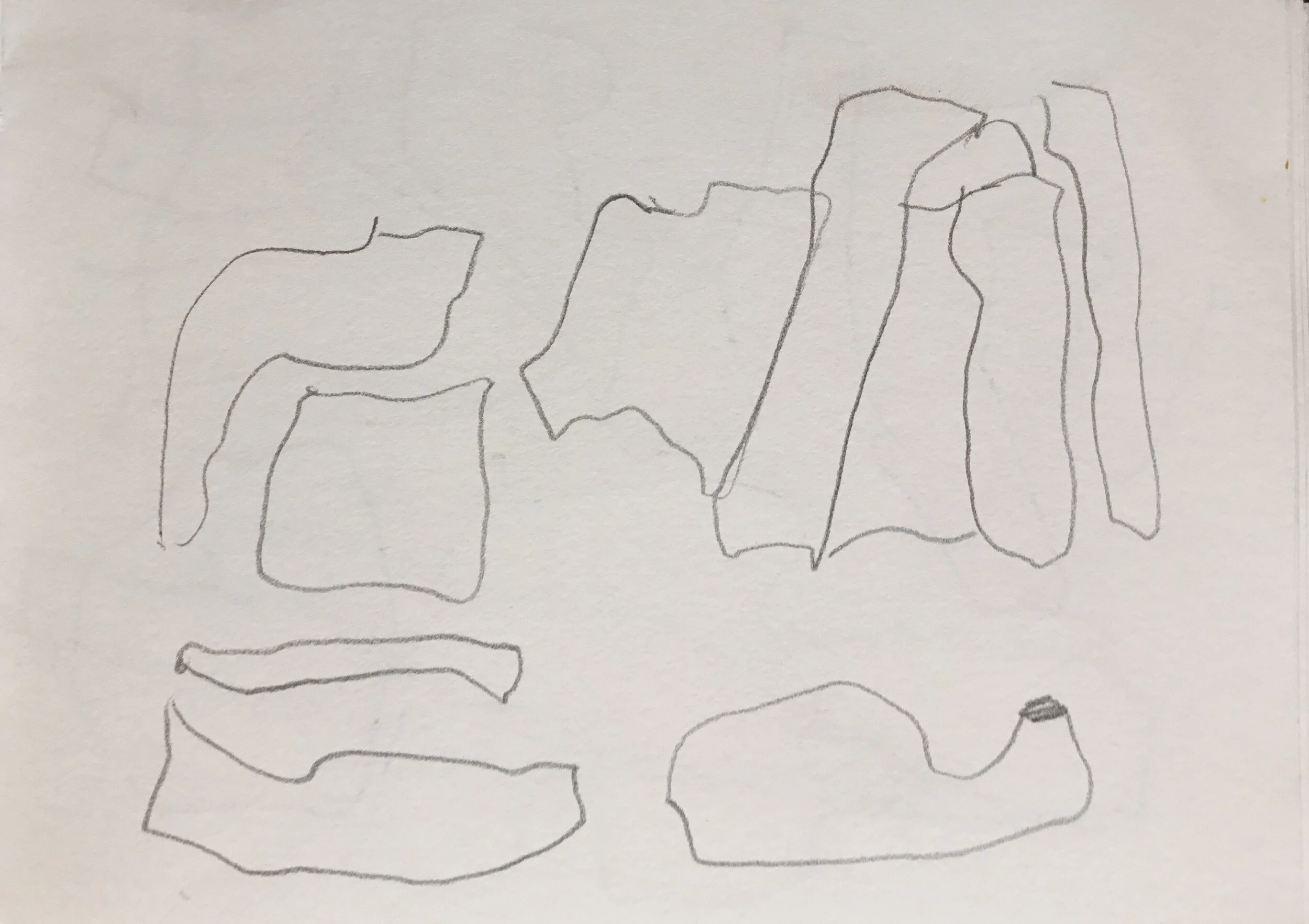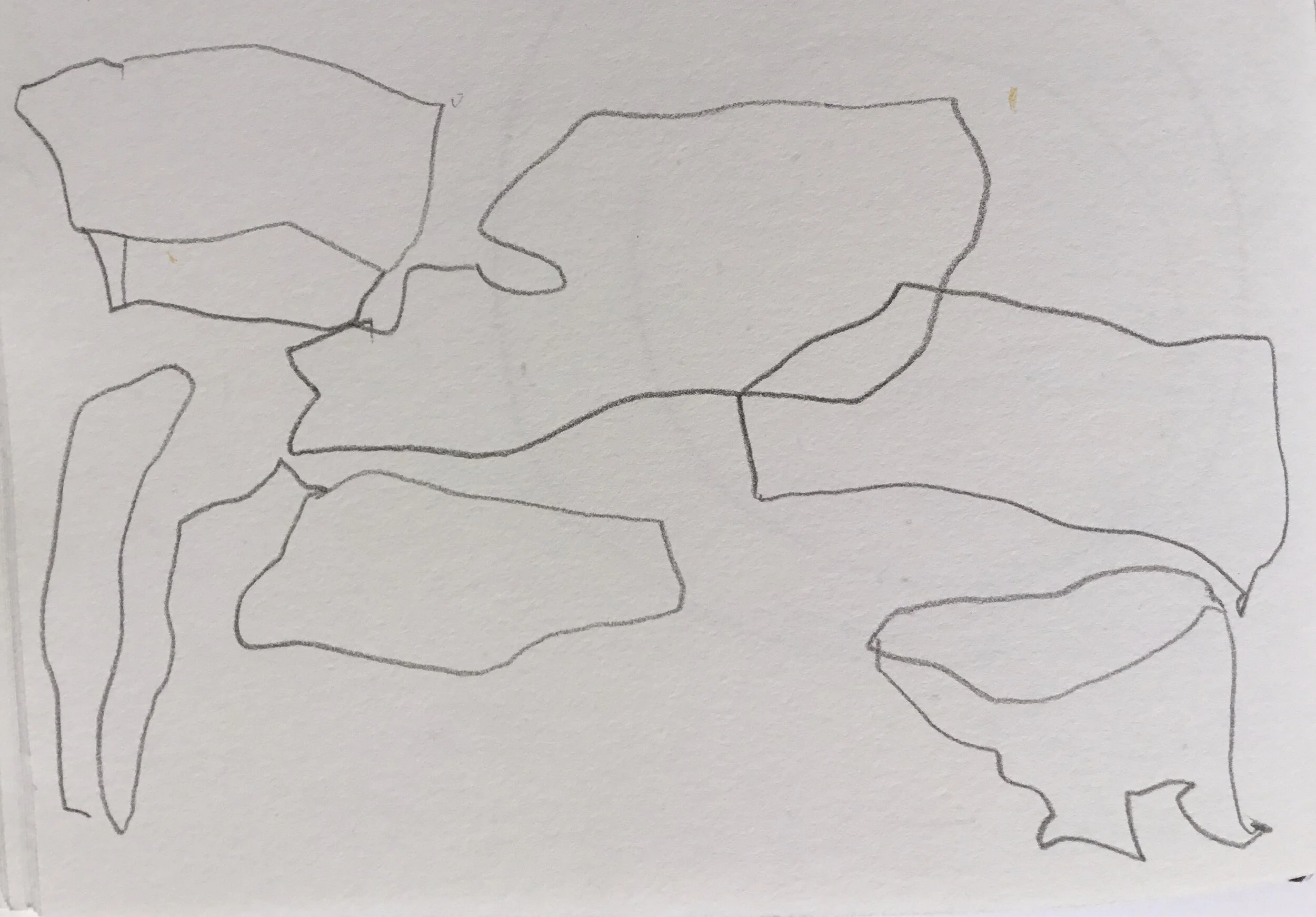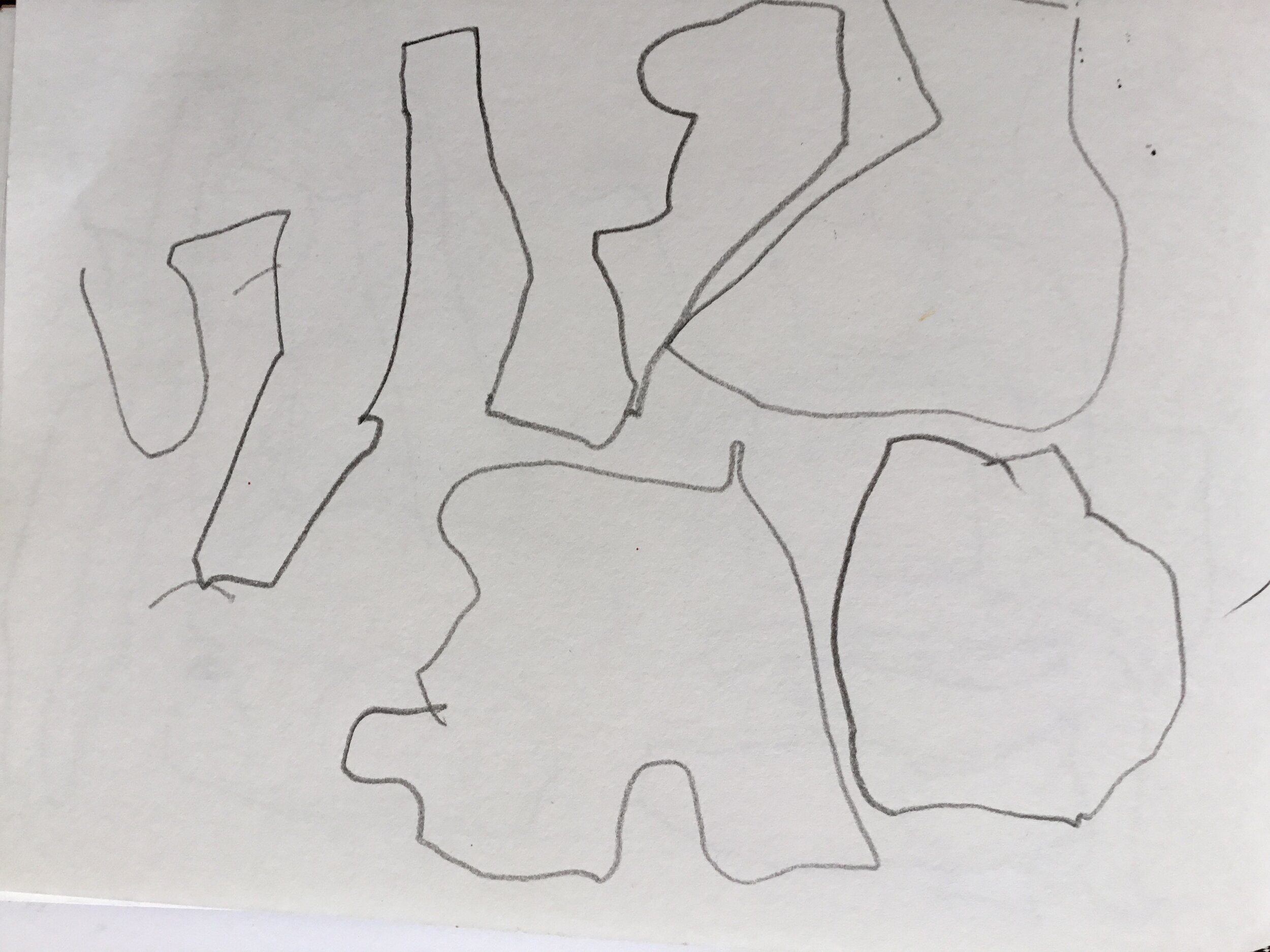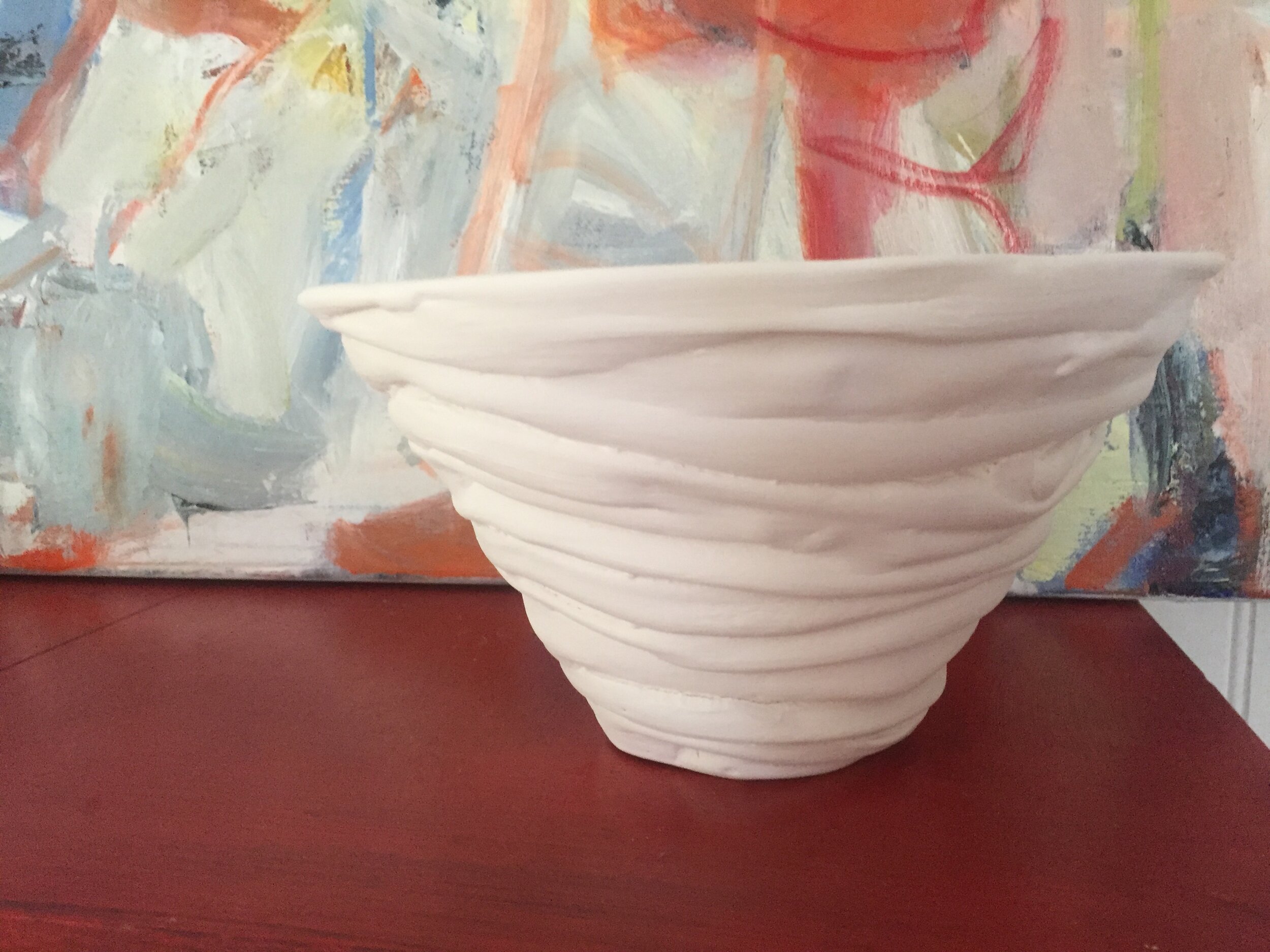This week we meet painter Terri Butterworth as she explores the fluid boundary between mind and brain; imagination and reality. Terri sat down and generously answered our questions about collaboration, expressionism and the White Bluff site. Please read on as her answers are illuminating and inspiring as well as containing hints as to what to expect from the final White Bluff Project exhibition.
Who are you?
First of all I’m a painter. I've been painting for a long time. In particular I love using oils on canvas. I consider myself an expressionist. I like to paint the essence and the feeling of a subject, getting as far away from the reality of the subject as possible but retaining an essence of it.
Does your work express or say anything in particular?
I'm always looking for universality. Everything is in all shapes and lines and colours. Whether it's a person or place or a thing, they are interchangeable, it's all one. I like to make compositions of those things. In my work I express what I feel. I really love abstraction because people can then bring their own interpretation, so it's a very generous process.
Can you remember your first response to White Bluff?
When I was introduced to the White Bluff Project I wasn't quite sure how or what I was going do. All of us were a little bit like that. We went down to the site and it wasn't all that familiar. It was just another headline to me.
One of the things that I love, I think, is that I work in an area that I call the fluid boundary. That fluid boundary can be between your mind and the brain or your imagination and reality and non-reality. When I got down to White Bluff, there is the boundary of the land, the terrestrial, and the ocean and then everything is interdependent. So I just thought, ‘wow’, this is the fluid boundary. So I started from there.
I also really love the freedom of marine life and so I decided to collaborate with Karina and she one day talked about diving at dawn and how what happens in the ocean also happens on land. It was very enchanting and romantic - that whole idea of fish waking up and then birds waking up and plants waking up. How do I convey that? At first you have an idea or a concept then I thought about the aural, the sound. I decided to create something that encompassed the ocean and the land and the rocks and the birds and the wildlife. Everything - but how do I do that?
I guess I realised then that it was about the dawn chorus and I thought about sounds and I wanted the whole thing to be a musical exercise of everything. My work is about oneness and about everything being interchangeable. I want it to represent a total chorus of ocean terrestrial and birds and wildlife and plants. I overlaid images of what were anemones and cuttlefish. They are very magical because they have amazing patterns that change wherever they are so they're perfectly suited to the way I paint.
So the first day we just walked all over the Bluff and did some drawing together. We talked together and walked together. I've continued going down there with a couple of the other artists. The second time there, the whole place had changed. The beach, the rocks everything had changed so that was another part of this fluidity that is really really interesting.
Did your view change over time?
At first White Bluff didn’t evoke any particular memory emotion because it wasn't all that remarkable to me. But as I got to know it and as I got to talk to people and we started collaborating, my opinion changed. We often see sights and places and kind of broad brush over them with our eyes. We walk over them and think a place is not special but, when you ‘study’ something you soon discover how remarkable it is. That's one of the messages I got from the Project - this is remarkable. What happens underneath is just really interesting, just really lovely. Kind of like a magical world.
What is your usual working mode?
I don't tend to work in groups. I'll explore things in groups. I'll go walking with people and I love drawing with people. I like to be on my own in the studio.
Is White Bluff your first collaboration?
Yes. When I was asked to join, I found at first I wasn't sure how I could collaborate. I haven't really ever collaborated with a group before. I think collaboration brings you to another place that you hadn't anticipated. I'm collaborating with Karina and it's just her ideas and her knowledge and her sciences that add another layer I hadn't thought of.
It's a joyful experience. It's really an open and wonderful experience. I’m really looking forward to seeing everything come together in one exhibition, as one whole.
What do you think people will see when they come to the exhibition?
I hope it will make people curious enough to have a different feel, and a different care and love, for the land, the landscape, the ocean and the world. I’m hoping it will help people elevate their opinion.
What kind of works do you think they will see?
There will be 3D works, 2D works. There will be some audio-visual works. I love the idea of walking into a visual work. All their senses will be deliciously gratified.
Would you recommend that other artists be involved in collaborations?
Absolutely. I think its very important.
We are currently in an unexpected pandemic. Can you tell me about how Covid 19 has impacted on your work and collaboration?
We actually tried harder. We all decided that we wanted to go down there and see each other, but we kept our distance. For me there was a time when we were all in lockdown. I took the opportunity to really start this project. To use what I had, drawings and photographs. It helped me focus and get it done.
